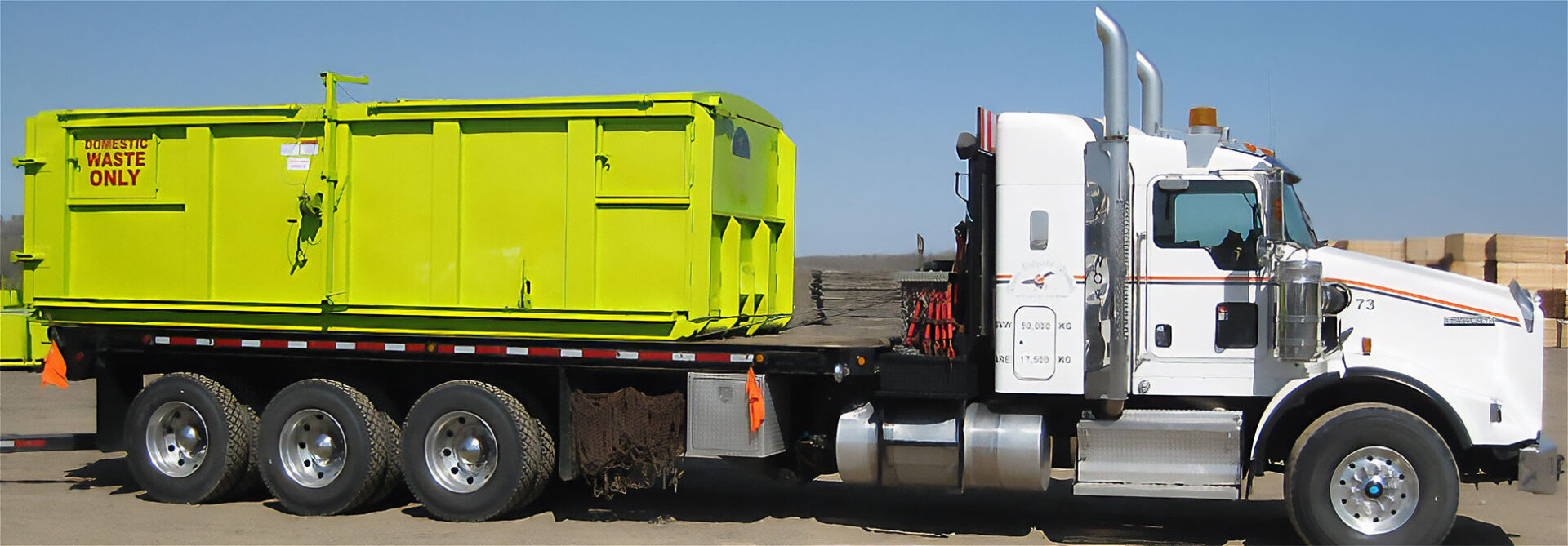All Concerning Oil Field Equipment and Pipeline Equipment: Key Insights and Necessary Info
Oil field equipment and pipeline systems play an essential role in the oil and gas industry. They are necessary for the effective extraction and transportation of hydrocarbons. Secret elements, such as drilling rigs and storage space tanks, directly influence operational success. Improvements in technology pledge to enhance safety and effectiveness. Understanding these components is important for anyone entailed in or curious about this complex field, as it establishes the phase for deeper exploration of sector techniques.

Review of Oil Field Equipment
As the need for oil remains to expand, recognizing the tools made use of in oil fields ends up being increasingly important. Oil field equipment encompasses a large range of machinery and tools essential for expedition, removal, and processing. Key elements consist of drilling rigs, which are vital for reaching oil storage tanks, and manufacturing devices, such as separators and pumps, that assist in the extraction process. Superior rentals squeeze tools. In addition, storage tanks play a substantial role in holding petroleum prior to transportation. Security tools, including blowout preventers and stress evaluates, guarantees functional security and effectiveness. Each item of tools functions cohesively to optimize manufacturing and preserve effective operations. Familiarity with this tools is essential for specialists in the market to assure successful operations and adherence to safety and security requirements
Sorts Of Drilling Rigs and Their Applications
Drilling rigs work as the backbone of oil removal operations, with numerous kinds created for details geological conditions and operational demands. The most common types consist of rotary drilling rigs, which use a rotating drill little bit to penetrate the earth, and cord device rigs, known for their percussion boring approach. For offshore operations, jack-up rigs and semi-submersible rigs supply stability and assistance in aquatic environments. Furthermore, directional exploration rigs enable operators to drill at angles, reaching deposits that are not up and down easily accessible. Each gear type has unique benefits, maximizing efficiency and safety and security based on the exploration atmosphere. Choosing the appropriate gear is crucial for making the most of resource removal while decreasing ecological influence and functional prices.

Important Pipeline Equipment and Their Functions
Pipeline infrastructure is necessary for the transportation of oil and gas from removal websites to processing centers and end-users. Various vital equipment components promote this procedure. Pipelines themselves serve as the main channels, created to endure high stress and corrosive substances. Pump terminals are vital for maintaining flow by improving pressure along the pipeline. Shutoffs play a crucial duty in managing circulation and separating areas for maintenance. Furthermore, fittings and ports assure secure joints in between pipeline areas. Checking systems, including flow meters and stress sensors, are essential for detecting leakages and maximizing circulation prices. Finally, pigging devices is employed for maintenance and cleansing, protecting pipeline honesty and effectiveness. With each other, these parts form the backbone of a dependable pipeline system.
Advancements and Technologies in Oil and Gas Equipment

Security and Maintenance Practices in the Oil Market
While the oil industry has actually made substantial strides in innovation and effectiveness, the significance of robust safety and upkeep practices can not be overstated. her response Reliable safety protocols are important to secure workers and the environment, minimizing the risk of crashes and spills. Normal evaluations and maintenance of devices help identify prospective problems prior to they rise, ensuring operational integrity. Training programs for workers are vital, stressing the importance of safety and security recognition and emergency situation response treatments. Additionally, adherence to market guidelines and criteria promotes a culture of safety. Implementing sophisticated monitoring modern technologies can better improve upkeep techniques, permitting for real-time analyses of tools conditions. Ultimately, focusing on security and maintenance is integral to the sustainability and success of the oil sector.
Frequently Asked Concerns
What Are the Ecological Effects of Oil Field Equipment?
The environmental influences of oil field equipment include habitat destruction, water contamination, and air contamination (Superior Oilfield Rentals Texas). Furthermore, tools breakdown can bring about spills, negatively affecting wild animals and communities, highlighting the need for stringent laws and monitoring
How Is Oil Field Equipment Delivered to Remote Locations?
Moving oil field equipment to remote areas typically includes specialized cars, helicopters, or barges. Logistics companies coordinate courses, ensuring tools gets here safely and efficiently, thinking about terrain and access to lessen hold-ups and make the most of efficiency.
What Governing Requirements Govern Oil Field Equipment?
Governing criteria controling oil field equipment primarily consist of security, environmental management, and functional performance guidelines. Agencies such as OSHA and EPA Full Report apply these regulations to guarantee secure techniques and reduce ecological influence in oil extraction operations.
What Skills Are Required to Run Oil Area Machinery?

Exactly How Do Oil Prices Affect Equipment Need and Usage?
Oil costs substantially affect tools demand and usage. Greater rates typically cause increased expedition and manufacturing tasks, driving need for equipment. Conversely, lower prices might cause reduced procedures and decreased demand for tools.